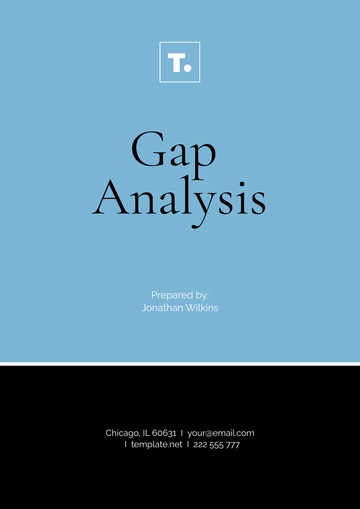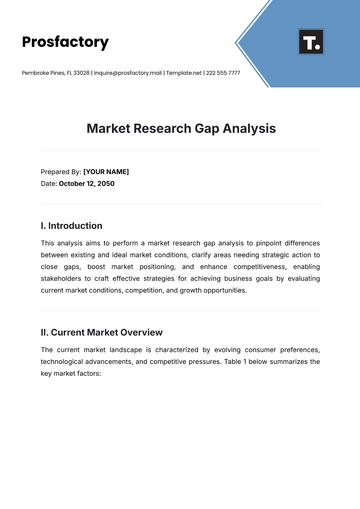Genre-based Literary Analysis
Prepared by: [Your Name]
Date: [Date]
1. Introduction
Genre-based literary analysis involves examining literature through the lens of specific genres to understand how various conventions, themes, and stylistic elements shape and are shaped by literary works. This method of analysis provides insights into how texts adhere to, subvert, or innovate within the constraints of their genres. In this analysis, we will explore various genres, examining their key characteristics, historical contexts, and representative works to understand their impact on literature.
2. Genre Definition and Historical Evolution
2.1 Definition of Genre
A literary genre is a category of literary composition characterized by similarities in form, style, or subject matter. Genres help classify texts and set expectations for readers. They can be broadly categorized into fiction, non-fiction, poetry, drama, and more, with each category further divided into specific genres such as:
Fiction: Novel, Short Story, Science Fiction, Fantasy, Mystery
Non-Fiction: Biography, Essay, Memoir, Journalism
Poetry: Lyric, Narrative, Dramatic
Drama: Tragedy, Comedy, Melodrama
2.2 Historical Evolution of Genres
Genres have evolved, influenced by cultural, social, and technological changes. For example:
The Epic: Originating in ancient civilizations like Greece and Mesopotamia, epics such as Homer's "Iliad" and "Odyssey" were oral traditions that later became written texts.
The Novel: Emerging in the 18th century, novels like Daniel Defoe's "Robinson Crusoe" marked the rise of the novel as a significant literary form, reflecting modernity and individualism.
Science Fiction: As a genre, science fiction began with Mary Shelley's "Frankenstein" and has evolved to include complex narratives exploring technological and societal advancements.
3. Key Genres and Their Characteristics
3.1 Fiction
Fictional genres include novels and short stories, each with distinct characteristics:
A. Novel
Definition: A long narrative work of fiction with complex characters and plot structures.
Characteristics:
Length: Typically over 40,000 words.
Structure: Divided into chapters or books.
Themes: Explores diverse themes such as identity, society, and morality.
Examples: "Pride and Prejudice" by Jane Austen, "1984" by George Orwell.
B. Short Story
Definition: A brief narrative work focusing on a single incident or character.
Characteristics:
Length: Usually between 1,000 and 20,000 words.
Structure: Often focuses on a single plotline.
Themes: Frequently deals with concise and impactful themes.
Examples: "The Lottery" by Shirley Jackson, and "The Tell-Tale Heart" by Edgar Allan Poe.
3.2 Poetry
Poetry is characterized by its use of meter, rhyme, and figurative language. Major types include:
A. Lyric Poetry
Definition: Expresses personal emotions or thoughts of the speaker.
Characteristics:
Form: Often written in verse.
Content: Focuses on personal feelings and reflections.
Examples: William Wordsworth's "I Wandered Lonely as a Cloud," Emily Dickinson's "Because I Could Not Stop for Death."
B. Narrative Poetry
Definition: Tells a story with a plot and characters.
Characteristics:
Form: Includes elements such as a narrative structure and dialogue.
Content: Combines storytelling with poetic form.
Examples: Geoffrey Chaucer's "The Canterbury Tales," and Samuel Taylor Coleridge's "The Rime of the Ancient Mariner."
3.3 Drama
Drama includes works intended for performance, characterized by dialogue and action.
A . Tragedy
Definition: A dramatic genre that ends in disaster, often involving a noble protagonist.
Characteristics:
Plot: Centers around the downfall of the protagonist due to a tragic flaw.
Examples: William Shakespeare's "Hamlet," Sophocles' "Oedipus Rex."
B. Comedy
Definition: A dramatic genre designed to entertain and amuse, often concluding with a happy ending.
Characteristics:
Plot: Typically involves humorous situations and character interactions.
Examples: William Shakespeare's "A Midsummer Night's Dream," and Molière's "Tartuffe."
4. Comparative Analysis of Genres
4.1 Fiction vs. Non-Fiction
Aspect | Fiction | Non-Fiction |
|---|
Purpose | To entertain or provoke thought | To inform or present facts |
Structure | Narrative with plot and characters | Structured with factual content |
Examples | "To Kill a Mockingbird" by Harper Lee | "The Immortal Life of Henrietta Lacks" by Rebecca Skloot |
4.2 Poetry vs. Drama
Aspect | Poetry | Drama |
|---|
Purpose | To evoke emotions through verse | To present a story through performance |
Structure | Verses and stanzas | Acts and scenes |
Examples | Robert Frost's "The Road Not Taken" | Arthur Miller's "Death of a Salesman" |
5. Conclusion
Genre-based literary analysis reveals how different literary forms address themes, structure narratives, and reflect societal values. By examining the characteristics, historical evolution, and comparative aspects of genres, we gain a deeper understanding of how literature functions both as an artistic expression and a mirror of human experience. This analysis not only enhances our appreciation of individual works but also enriches our comprehension of literary traditions and innovations across time.
Analysis Templates @ Template.net






























